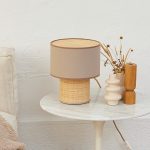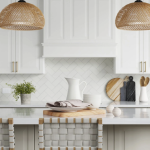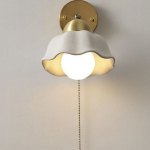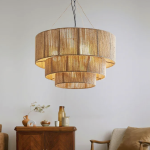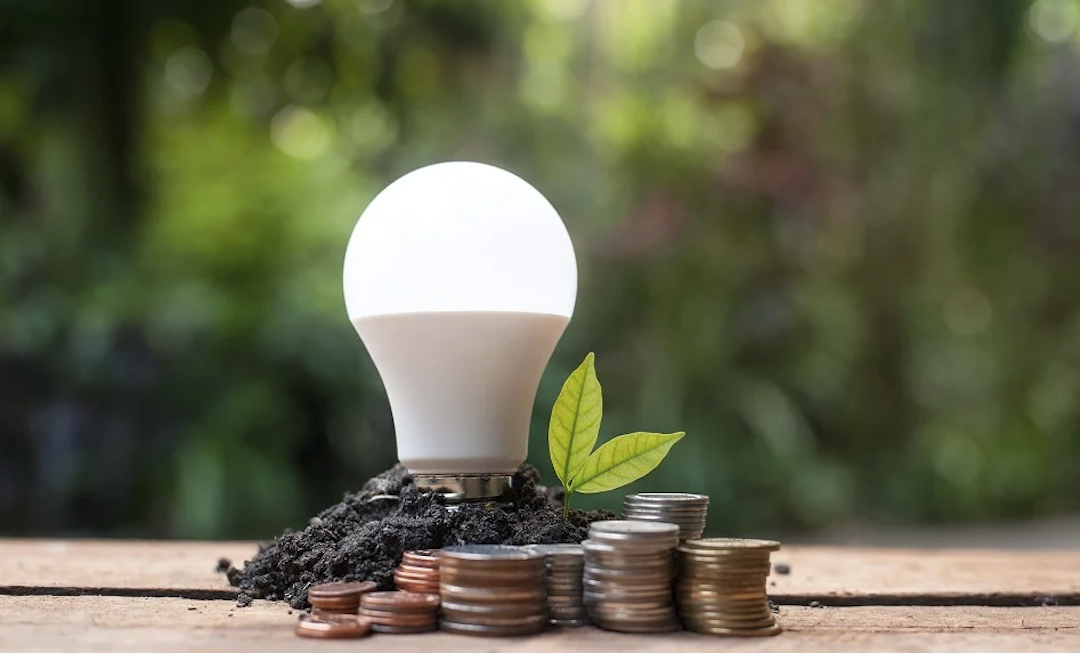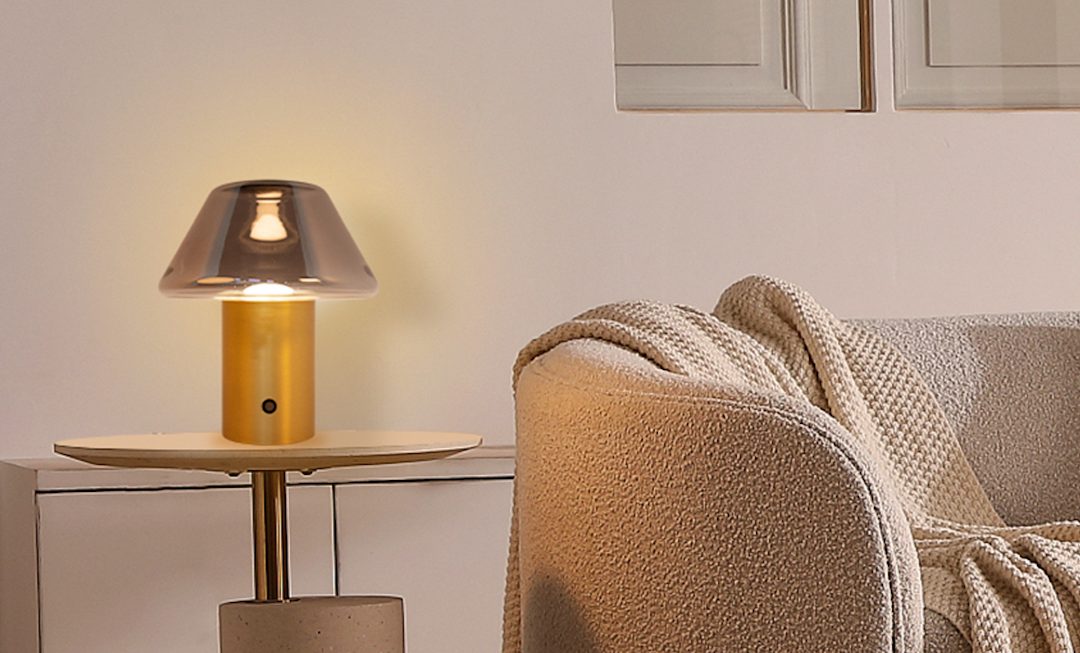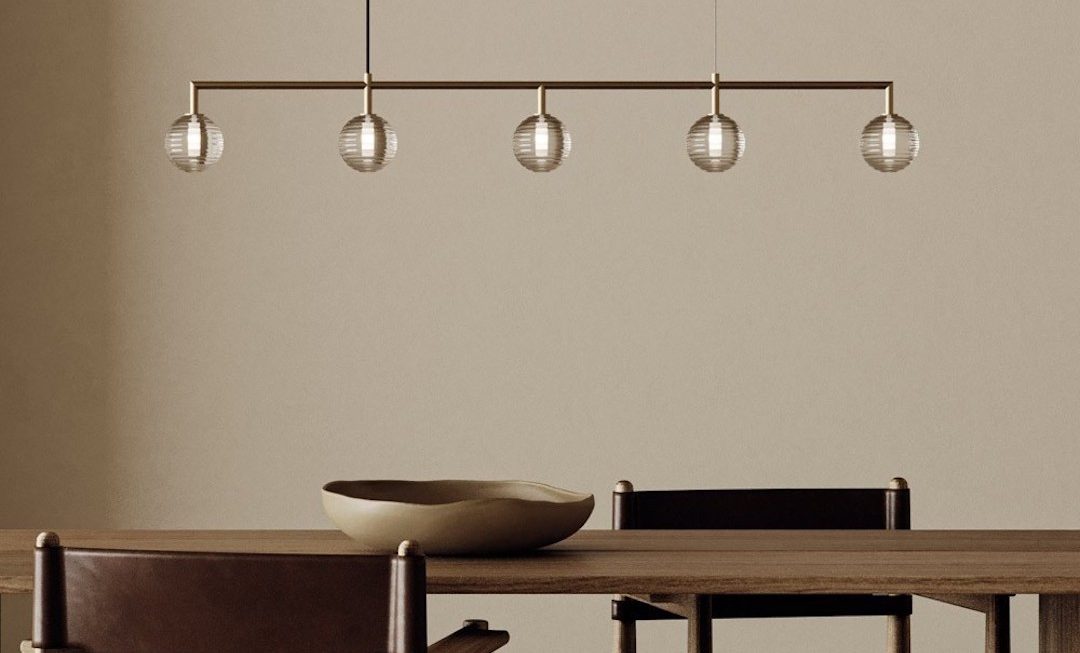The journey of LED lighting technology is a fascinating tale of innovation and advancement that has transformed the way we illuminate our spaces. Light Emitting Diodes (LEDs) were first developed in the early 1960s, primarily as indicators in electronic devices. These early LEDs emitted a limited spectrum of light, predominantly red, and were not widely recognized for their potential beyond simple applications.
However, as research progressed, scientists began to unlock the secrets of semiconductor materials, leading to the development of blue and white LEDs in the 1990s. This breakthrough was pivotal, as it allowed for the creation of bright, energy-efficient lighting solutions that could rival traditional incandescent bulbs in both brightness and versatility. As the 21st century dawned, the adoption of LED technology began to accelerate rapidly.
The introduction of high-power LEDs opened new avenues for their application, from residential lighting to commercial and industrial uses. The energy crisis and growing environmental concerns further fueled interest in LEDs, as they offered a sustainable alternative to conventional lighting. Over the years, advancements in manufacturing processes and materials have led to significant improvements in LED performance, including increased brightness, longer lifespans, and enhanced color rendering capabilities.
Today, LEDs are not only a staple in homes and businesses but also play a crucial role in outdoor lighting, automotive applications, and even horticulture, showcasing their versatility and adaptability in various settings.
The Benefits of Using LED Lamps
The advantages of using LED lamps extend far beyond mere energy efficiency; they encompass a wide range of benefits that make them an attractive choice for consumers and businesses alike. One of the most significant advantages is their longevity. Unlike traditional incandescent or fluorescent bulbs, which may last for a few thousand hours, LED lamps can endure for tens of thousands of hours—often exceeding 25,000 hours or more.
This remarkable lifespan translates into reduced maintenance costs and less frequent replacements, making them a cost-effective solution over time. Additionally, LEDs are highly durable and resistant to shock and vibration, which makes them ideal for various environments, including those prone to rough handling or extreme conditions. Another compelling benefit of LED lamps is their ability to produce light with minimal heat generation.
Traditional lighting options often waste a considerable amount of energy as heat, leading to increased cooling costs in indoor environments. In contrast, LEDs convert a higher percentage of energy into visible light, resulting in cooler operation and enhanced energy efficiency. This characteristic not only contributes to lower energy bills but also makes LEDs safer to use in enclosed fixtures where heat buildup could pose a fire hazard.
Furthermore, many LED lamps are designed with dimming capabilities and adjustable color temperatures, allowing users to customize their lighting experience according to their preferences and needs. This versatility enhances the overall ambiance of a space while promoting well-being and productivity.
How LED Lamps Can Save Energy
Energy conservation is one of the most compelling reasons to embrace LED technology in both residential and commercial settings. Compared to traditional incandescent bulbs, which convert only about 10% of their energy into light while wasting the rest as heat, LED lamps are remarkably efficient. They can produce the same amount of light using up to 80% less energy.
This efficiency not only leads to substantial savings on electricity bills but also contributes to a reduced carbon footprint, making LEDs an environmentally friendly choice. As global awareness of climate change and sustainability grows, the shift towards energy-efficient lighting solutions like LEDs becomes increasingly critical. Moreover, the energy-saving potential of LED lamps extends beyond individual households; it has significant implications for larger-scale applications as well.
In commercial settings, where lighting accounts for a substantial portion of energy consumption, switching to LED technology can result in dramatic reductions in operational costs. Businesses that invest in LED lighting often see a rapid return on investment due to lower energy expenses and decreased maintenance needs. Additionally, many governments and organizations offer incentives and rebates for adopting energy-efficient technologies, further encouraging the transition to LEDs.
As cities and municipalities strive to meet sustainability goals and reduce energy consumption on a broader scale, the widespread adoption of LED lighting is poised to play a pivotal role in achieving these objectives.
Stylish and Functional Design Options for LED Lamps
The evolution of LED technology has not only improved functionality but has also opened up a world of design possibilities that cater to diverse aesthetic preferences. Gone are the days when energy-efficient lighting was synonymous with bland or utilitarian designs. Today’s LED lamps come in an array of styles that can complement any interior decor—from sleek modern fixtures that enhance contemporary spaces to vintage-inspired designs that evoke nostalgia.
Manufacturers have embraced creativity in their offerings, producing everything from minimalist pendant lights to ornate chandeliers that incorporate LED technology without compromising on style. In addition to aesthetic appeal, many LED lamps are designed with functionality in mind. Features such as adjustable brightness levels, color-changing capabilities, and smart home integration have become increasingly common.
These innovations allow users to tailor their lighting experience according to specific activities or moods—whether it’s brightening a workspace for productivity or creating a warm ambiance for relaxation. Furthermore, the compact size of many LED fixtures enables designers to explore unique placements and configurations that were previously impractical with traditional bulbs. As a result, consumers can enjoy both stylish design and practical functionality when selecting LED lamps for their homes or businesses.
Tips for Choosing the Right LED Lamps for Your Space
Selecting the right LED lamps for your space involves careful consideration of several factors that can significantly impact both aesthetics and functionality. First and foremost, it’s essential to assess the specific lighting needs of each room. Different areas may require varying levels of brightness; for instance, task-oriented spaces like kitchens or home offices benefit from brighter lighting, while living rooms or bedrooms may call for softer illumination.
Understanding the purpose of each space will guide you in choosing the appropriate lumen output—essentially measuring how much light is emitted by a lamp. Another critical aspect to consider is color temperature, which affects the mood and atmosphere of a room. Measured in Kelvin (K), color temperature ranges from warm (around 2700K) to cool (upwards of 5000K).
Warm white light creates a cozy ambiance ideal for relaxation areas, while cooler tones are better suited for workspaces where focus is paramount. Additionally, pay attention to the color rendering index (CRI), which indicates how accurately colors appear under artificial light compared to natural sunlight. A higher CRI (above 80) ensures that colors look vibrant and true-to-life—an important consideration for spaces where aesthetics matter.
Installing and Maintaining LED Lamps for Maximum Efficiency
Proper installation and maintenance are crucial for maximizing the efficiency and longevity of LED lamps. When installing LED fixtures or bulbs, it’s essential to follow manufacturer guidelines carefully to ensure optimal performance. This includes using compatible dimmer switches if applicable since not all dimmers work seamlessly with LEDs.
Additionally, consider the placement of your fixtures; strategically positioning lights can enhance their effectiveness while minimizing glare or shadows that may detract from the overall ambiance. Maintenance of LED lamps is relatively straightforward compared to traditional lighting options. While LEDs do not require frequent bulb replacements due to their long lifespan, it’s still important to keep them clean and free from dust or debris that can accumulate over time.
Regularly dusting fixtures with a soft cloth can help maintain brightness levels and prevent overheating caused by obstructed airflow. Furthermore, monitoring the performance of your LED lamps is essential; if you notice flickering or dimming, it may indicate an issue with compatibility or electrical supply that should be addressed promptly.
The Future of LED Lighting and Energy Efficiency
As we look ahead, the future of LED lighting technology appears bright—pun intended—promising even greater advancements in energy efficiency and sustainability. Ongoing research into new materials and manufacturing techniques continues to push the boundaries of what is possible with LEDs. Innovations such as organic LEDs (OLEDs) and quantum dot technology are emerging on the horizon, offering exciting possibilities for even more efficient light sources with enhanced color quality and flexibility in design.
Moreover, as smart home technology becomes increasingly integrated into our daily lives, we can expect LED lighting solutions to evolve alongside these advancements. Smart LEDs equipped with sensors can adjust brightness based on natural light levels or occupancy patterns, further optimizing energy use while enhancing convenience for users. As cities worldwide invest in smart infrastructure initiatives—such as intelligent street lighting systems—LED technology will undoubtedly play a central role in creating more sustainable urban environments.
In this context, embracing LED lighting not only represents an individual choice but also contributes to a collective effort toward a greener future for generations to come.


